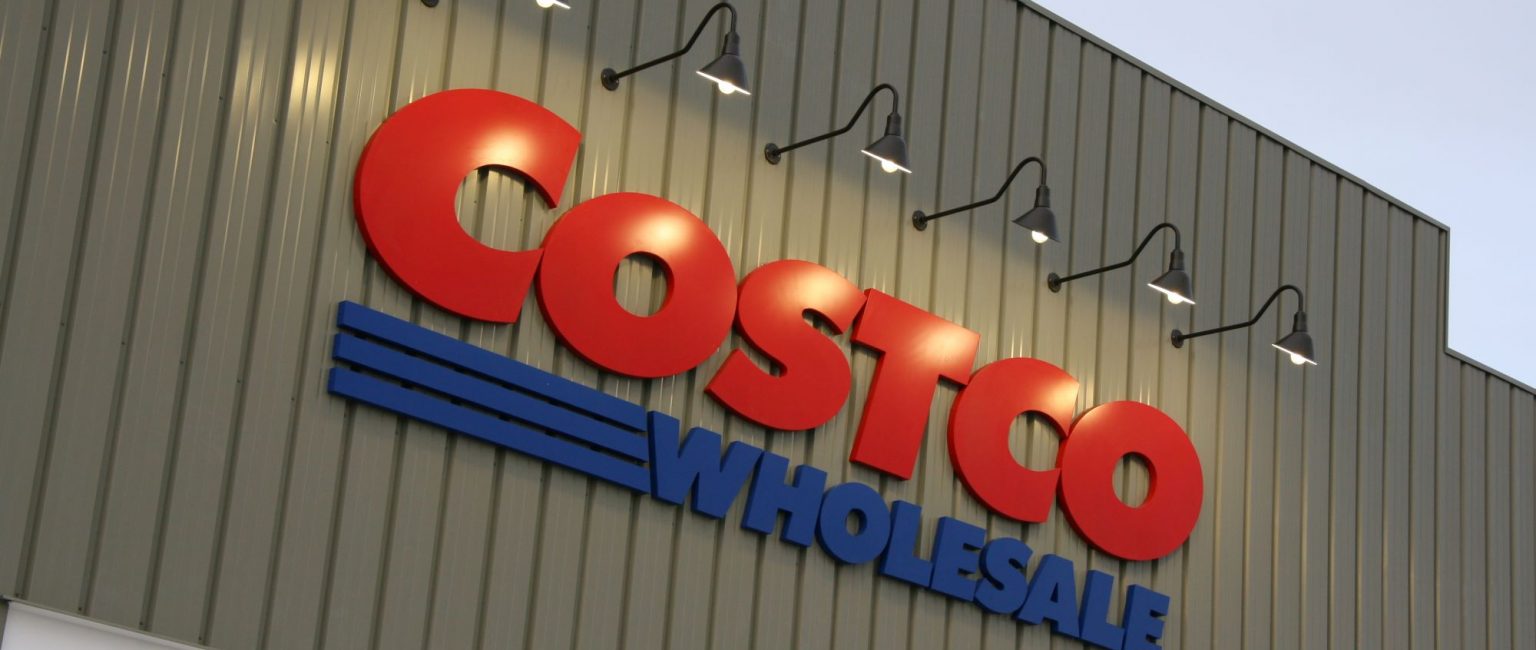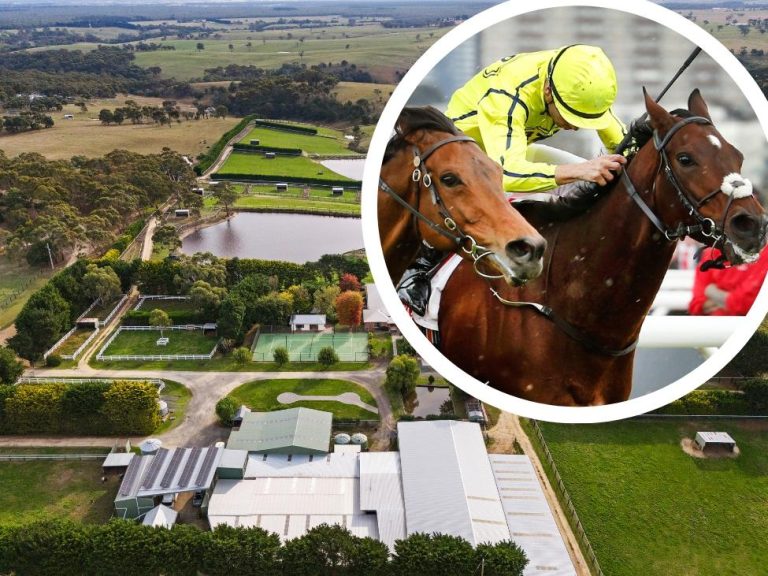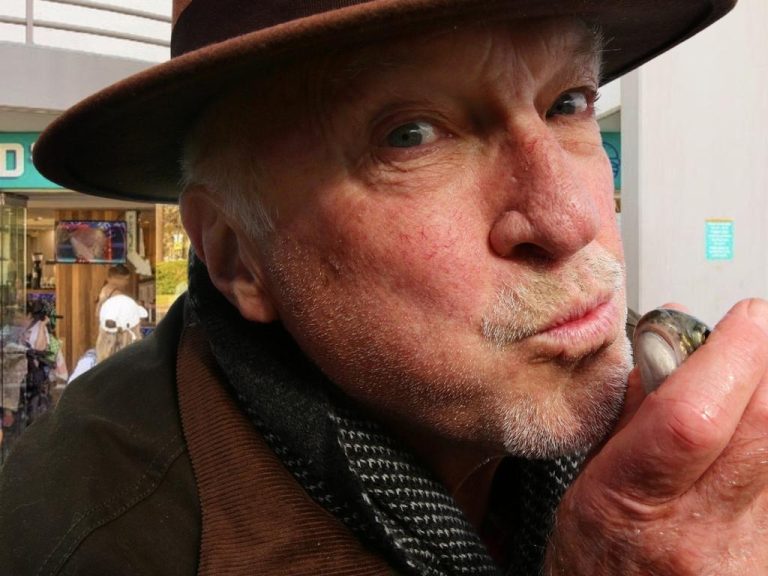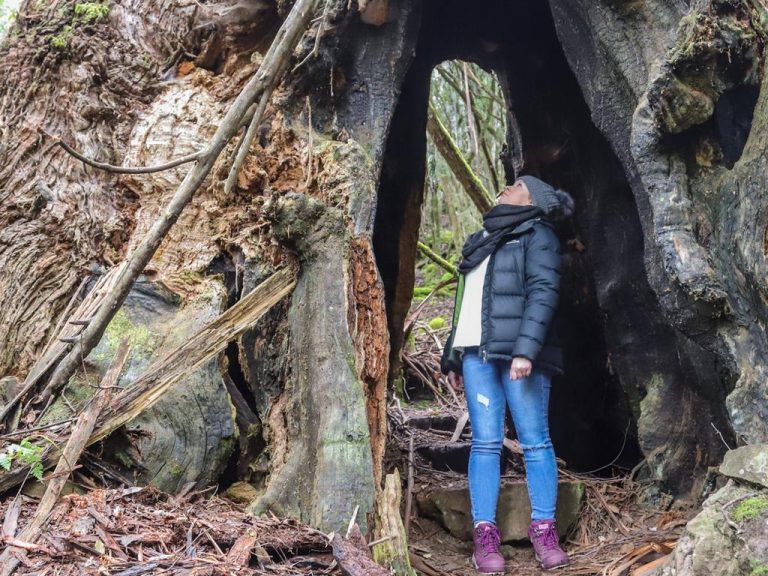Several new Costco warehouses planned across Australia

Costco plans to open several new warehouses across Australia over the next five years, with an expanded presence in Sydney a priority.
The membership-only retailer may lift its number of Australian warehouses to 20 over that period, and already has another three stores in the works to add to its current 13 locations.
Costco Warehouse Australia managing director Patrick Noone said the retailer has several hotspot locations where it is keen to find sites for new warehouses.
Mr Noone said the aspirational locations include Hobart, north Sydney, south Sydney, Wollongong, north Perth, south Adelaide and Geelong.
“Those are kind of the hotspots that we’re trawling through all the time looking for good sites,” Mr Noone told realcommercial.com.au.
“So it’s lots of expansion. It gives us up to 20 buildings in the next five years.”

Membership-only retailer Costco has a number of hotspots around Australia where it wants to find sites for new warehouses. Picture: Supplied by Costco
Mr Noone said finding additional sites in Sydney is a priority.
“When you look at the markets in Australia, the Sydney market definitely is a great market for Costco and we only have three Costcos here with about six million people.
“So there is a lot more opportunity here in this marketplace.”
Costco’s first Australian store opened in Melbourne’s Docklands precinct in 2009. It now has four stores in Victoria, four in NSW, two in Queensland, and one warehouse in each of Adelaide, Perth and Canberra.
Costco will open its 14th Australian warehouse – and second in Perth – in November in Casuarina.
Construction started in late June on its 15th Australian location and third Queensland site, representing a $75 million investment on a site adjacent to the Westfield Coomera shopping centre on the Gold Coast.

The new Costco warehouse in Coomera on the Gold Coast is expected to open in the first half of 2023. Picture: Supplied by Costco
Mr Noone said the 14,000sqm warehouse will open sometime in the first half of 2023, likely around May although no firm date has been set.
“We’re looking at another building in Melbourne in Officer which is currently going through planning at this point in time so that gives us five in Melbourne and 16 through the country,” he added.
The requirement for new Costco sites
While it has a number of hotspots on its wish list, Mr Noone said finding the right site was key.
“Those hotspots I talked about – we’d love to be there but if the right deal’s not there we can’t do it,” he said.
“A building profile is about a 14,000sqm box with around 800 car parks on one lot with great access.
“Those sites don’t fall out of trees so it takes a little while for us to work through the different options in those areas. And sometimes they work and sometimes they’re cost prohibitive so we continue to work on those projects all the time.”

Costco’s Australian warehouses are typically about 14,000sqm and filled with a wide variety of merchandise. Picture: Supplied by Costco
Construction costs increases due to global supply-chain issues during the pandemic had not impacted Costco’s expansion plans.
“But certainly it adds an expense to the business – that plus the lead times for a lot of the steel and fabrication areas and equipment, that has a bit of an impact on perhaps slowing projects down a little.
“But certainly we haven’t given up building projects because of those reasons. It just becomes a bit more complicated.”
Consumers should not expect to see a Costco on every street corner either, given each warehouse has a large trading area.
Population density is one of the requirements for new sites, with Mr Noone saying Costco typically looked at areas with 400,000 to 500,000 people.
“Generally our trade area is about a 45 minute drive time.
“So, generally speaking we’re not a neighbourhood store – we’re a significant development in a city or in parts of cities.
“The other thing we look at is really the local market itself and what we bring to the local market. In most cases the answer is we can bring a lot of savings and value to the marketplace.”
Being mainly a car business meant Costco also needed good access to its sites, with major roads or arteries close by.
Good site access was also important for Costco’s members-only petrol stations, which are incorporated on most of its sites with the exceptions of Docklands and Ringwood in Melbourne and its Auburn warehouse in Sydney due to the land sizes and location of parking.

Most of Costco’s Australian warehouses have petrol stations, like Costco Lake Macquarie which opened in September 2021. Picture: Supplied by Costco
Mr Noone said Costco also runs ancillary businesses at its sites, including fuel, optical and hearing aid centres, tyre shops and food courts. “Any planning has to include all of that.”
He added Costco employed about 220 to 250 people at each warehouse, depending on the location, and half are full-time.
Several new Costcos also possible in New Zealand
US-based Costco will open its first New Zealand warehouse in Auckland in late August.
“That will be our first one of probably several in that country,” Mr Noone said.
“It’s kind of a test to see how it works. But from early indications, from the enthusiasm on the membership base, it’s going to be a very successful operation I think.”
Costco’s petrol station has already opened at the Westgate site, ahead of the warehouse opening.
Mr Noone said Costco was bringing global brands to the New Zealand market.
“I think we’re really the first global retailer to have this presence there.”
Mr Noone said Costco would also look at opening sites in Christchurch and Wellington, putting the timeframe for further New Zealand warehouses at the next three to five years.
The big-box retailer currently has 838 warehouses including 574 in the United States and Puerto Rico, 107 in Canada, 40 in Mexico, 31 in Japan, 29 in the United Kingdom, 16 in Korea, 14 in Taiwan and 13 in Australia.
It has 116.6 million cardholders or members in total worldwide, including 64.4 million membership households.
Mr Noone would not disclose the number of Australian members, although The Australian recently reported its local membership is believed to have surpassed 200,000.
A Costco membership costs $60 per year for individuals, the same fee as when the retailer first opened in Australia in 2009. Business membership is $55 a year.
Rising cost of living boosts interest in Costco
Mr Noone said the rising cost of living has boosted consumer interest in the Costco bulk-buying offering.
“We’re in a good spot because we do tend to save people a lot of money with the larger pack sizes.
“We’re seeing sort of renewed interest in those savings if you like, so business has been pretty good for us at this point in time.
“People are willing to give us a try and they’re willing to spend that money on membership to save their membership dollars back and then save on an ongoing basis after that.”

The rising cost of living has renewed interest in the Costco bulk-buying offering. Picture: Supplied by Costco
Mr Noone said the Costco shopping experience is completely different to a supermarket, where people may shop once a week or once a day depending on their needs.
“With us with the larger pack sizes, it’s generally probably 10 days to two weeks trip frequency,” he said, adding customers typically spent a couple of hundred dollars per trip.
“The food business is important to us but that’s only part of what we sell. We sell apparel and diamond rings and alcohol if we can, pots and pans. You name it, we sell it… and coffins as well.”
Mr Noone said the Costco business model catered to every part of the economic cycle.
“Right now we’ve got a 60 pack of bathroom tissue that you can save a lot of money on, up to when the economy gets better again we have diamond rings and Dom Perignon [champagne] as well.
“It’s a really good business model because we have merchandise that you can save money on for both aspirational shoppers and for those everyday items as well.”

Costco sells just about anything, from groceries to diamond rings and even coffins. Picture: Supplied by Costco
Although Mr Noone said Costco had yet to see consumers cutting back on discretionary spending, which he attributed to the savings on offer.
“That’s the beauty of Costco because if you want to buy department store items or clothing we sell it at a discount so people can get great value on that.
“If you want to buy jewellery or you want to buy watches or any of those aspirational goods we have those at a big discount and big value as well.
“So, when times are tough we can save people a lot of money.”
But like all retailers, Costco itself is not immune from the impact of inflation despite its global buying power.
“Inflation is still running through all parts of the business particularly the fresh area and some of the imported goods with the currency exchange issues,” Mr Noone said.
“We still have somewhat frequent stock challenges with the freight coming from overseas as well.
“We’re fighting inflation as much as we can; like every retailer you want to have the best price out there.”
“But there is inflation running through the system right now and I don’t think that’s going to abate in the short term.”







